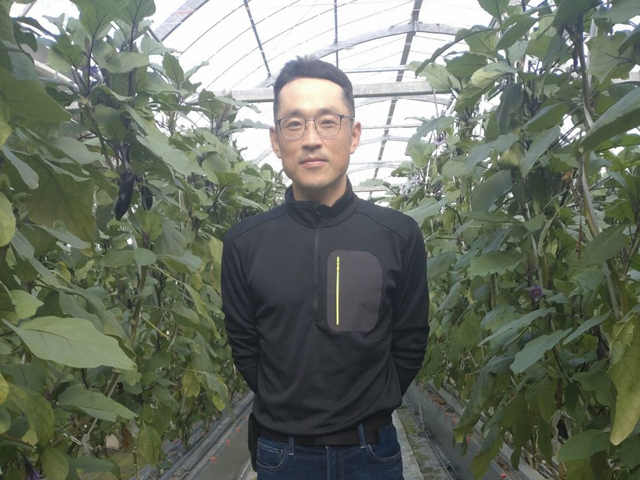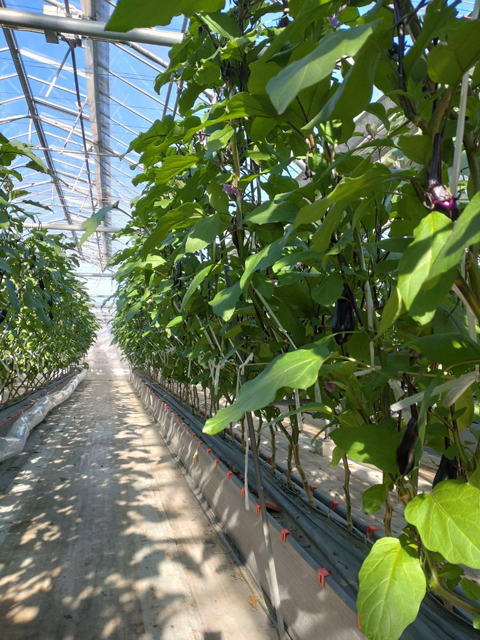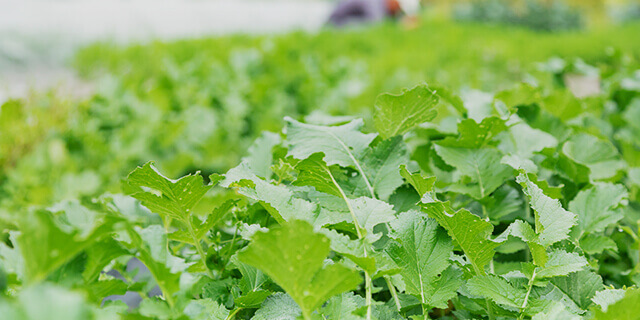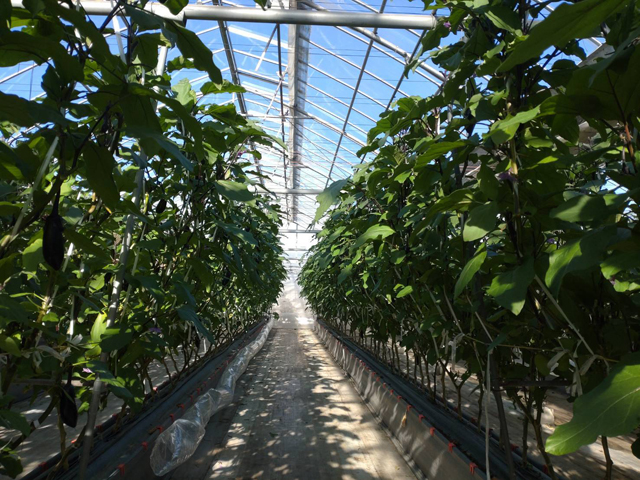Customer Feedback
【Tochigi】Oxygen volume control is the key! Nano Bubble improves the percentage of superior products!

Moka City, Tochigi Prefecture
Mr. Toshiaki Watanabe
Mr. Watanabe has been growing rice and open-air eggplant since the previous generation. Currently, he is introducing eggplant cultivation in agricultural greenhouses through a government-subsidized project.
He has 20 years of cultivation experience.
Why did you install Nano Bubble?
My field is not a Dutch-style high greenhouse, so the only way to increase income is to increase yields.
I was introduced to the idea of using Nano Bubbles to increase productivity by the same eggplant research group group.
Later, when the new coronavirus epidemic broke out, I learned that subsidies were available to help farmers maintain their operations. I took advantage of this subsidy to purchase a Nano Bubble generator in order to improve quality, save labor, reduce the environmental impact of cultivation techniques, and increase worker efficiency.

How are the effects of Nano Bubble?
So far, there has been no clear effect. Despite the desire to compare cultivation with and without nanobubbles, unrelated carbon dioxide generator and bed problems have surfaced, slowing the cultivation process. Despite these problems elsewhere, yields have been able to be maintained.
Furthermore, in our subjective assessment, the percentage of high quality products seems to have improved.
On the other hand, in the latest experiment, a slight increase in oxygen supply resulted in longer internodes. However, we believe that this may be due to the extremely hot weather this year, and we do not believe that we can rule out the effect of the Nano Bubbles.
What are your thoughts on Nano Bubble Technology?
Nanobubbles are said to have the effect of increasing root vitality.
Since the successful planting of plants determines their subsequent growth, it is very gratifying to improve the vitality of the roots.
It is also said that the oxygen demand of plants varies with temperature, and we feel that the key to using nanobubbles is the ability to control the oxygen supply according to temperature and plant conditions.
Since nanobubbles are a technology that supplies oxygen and maintains it for a long time, it is understandable that in principle they are good for plants. However, I have not yet been able to produce results that directly correlate with my know-how, so I would like to continue my trial-and-error efforts.



